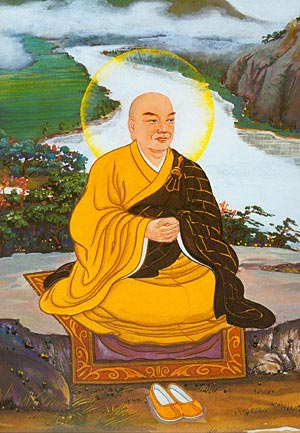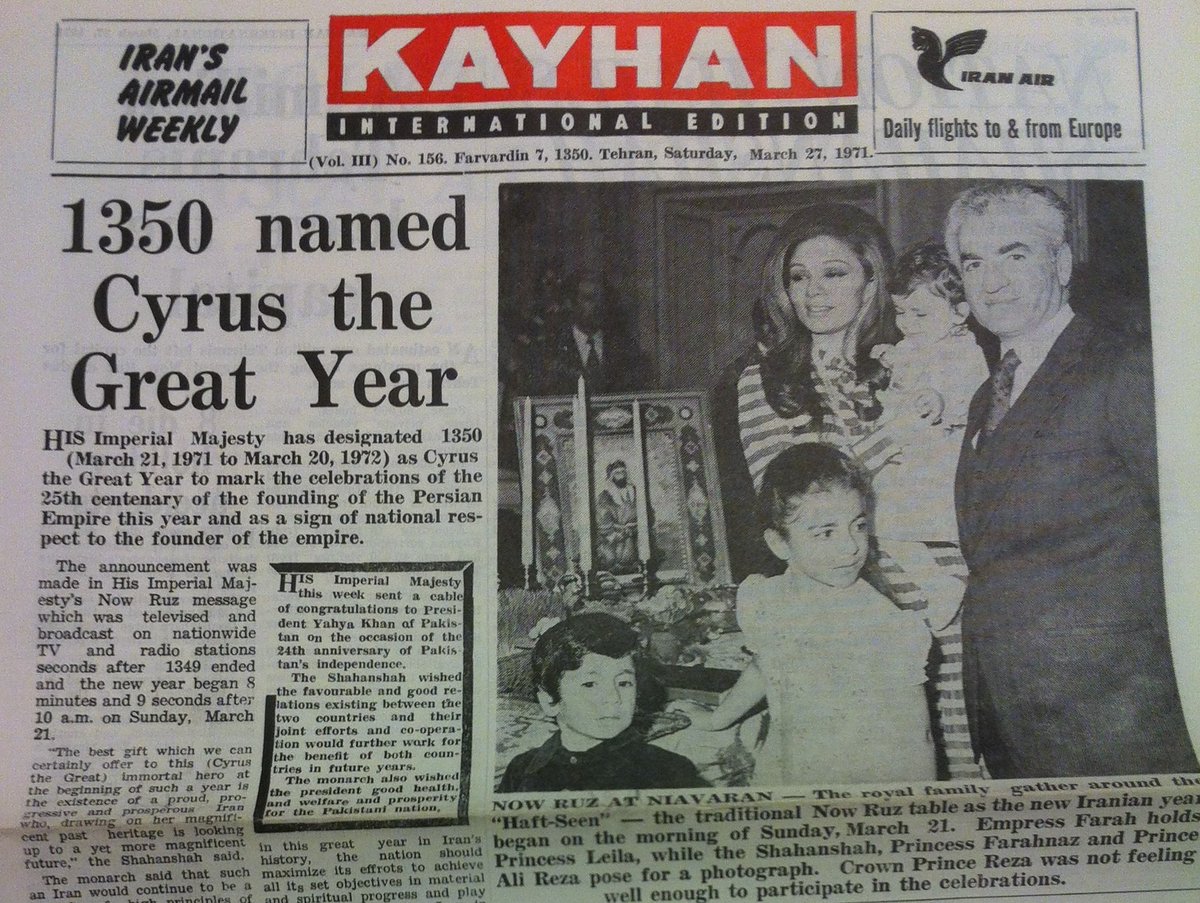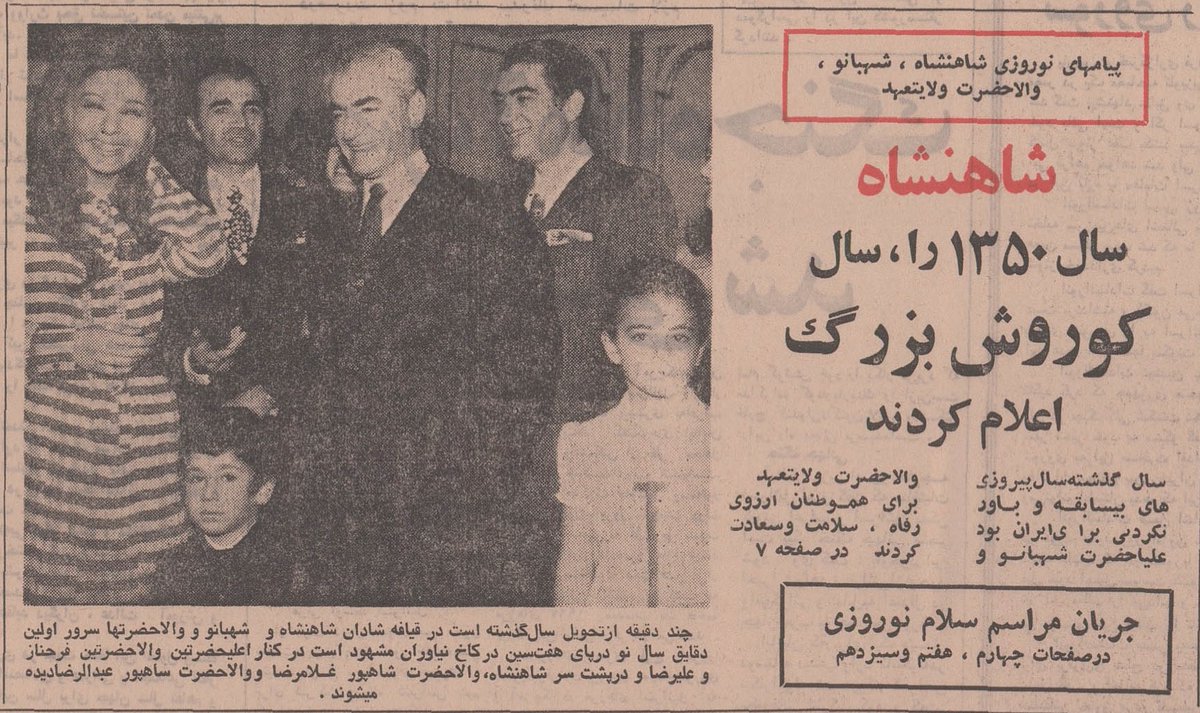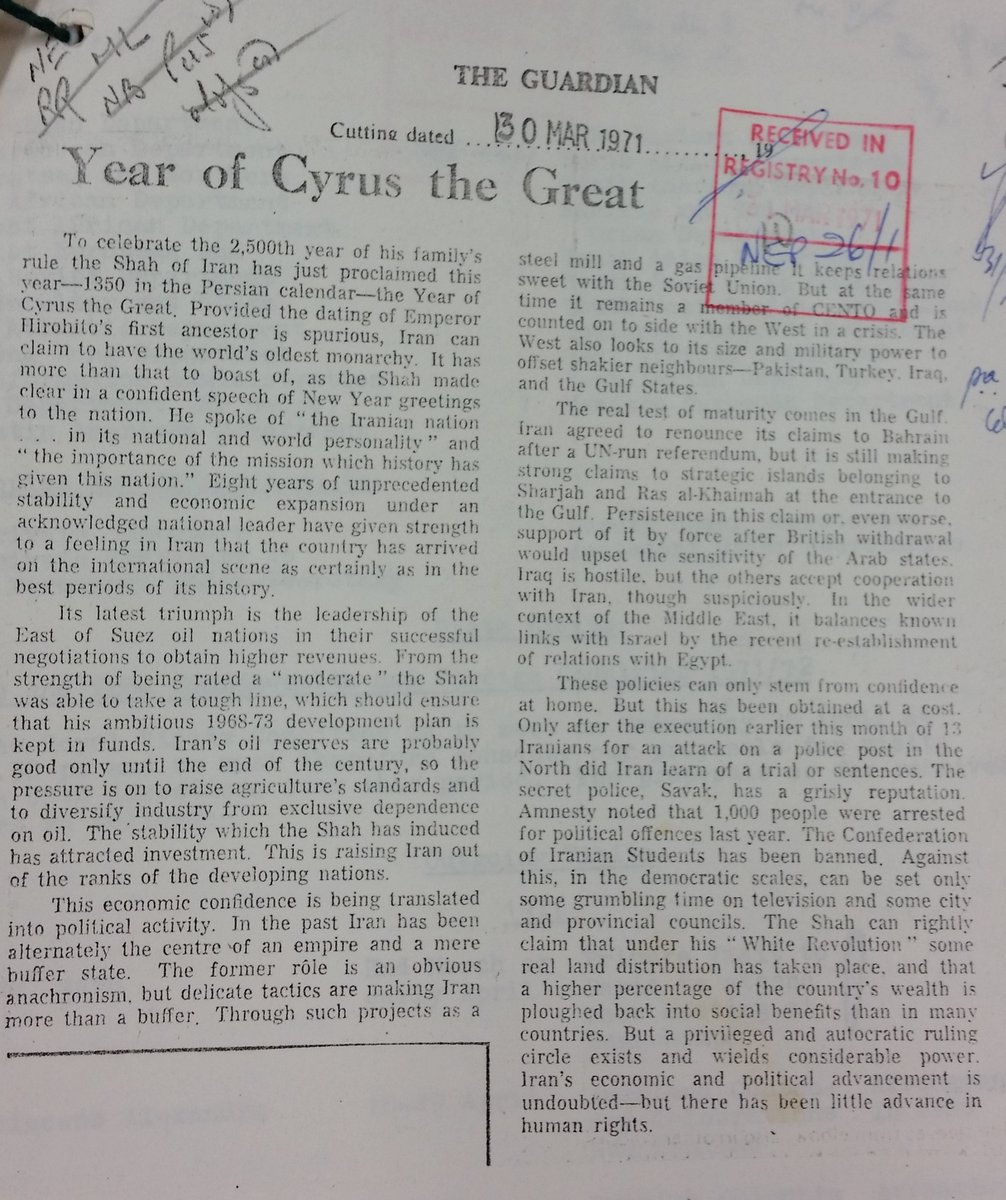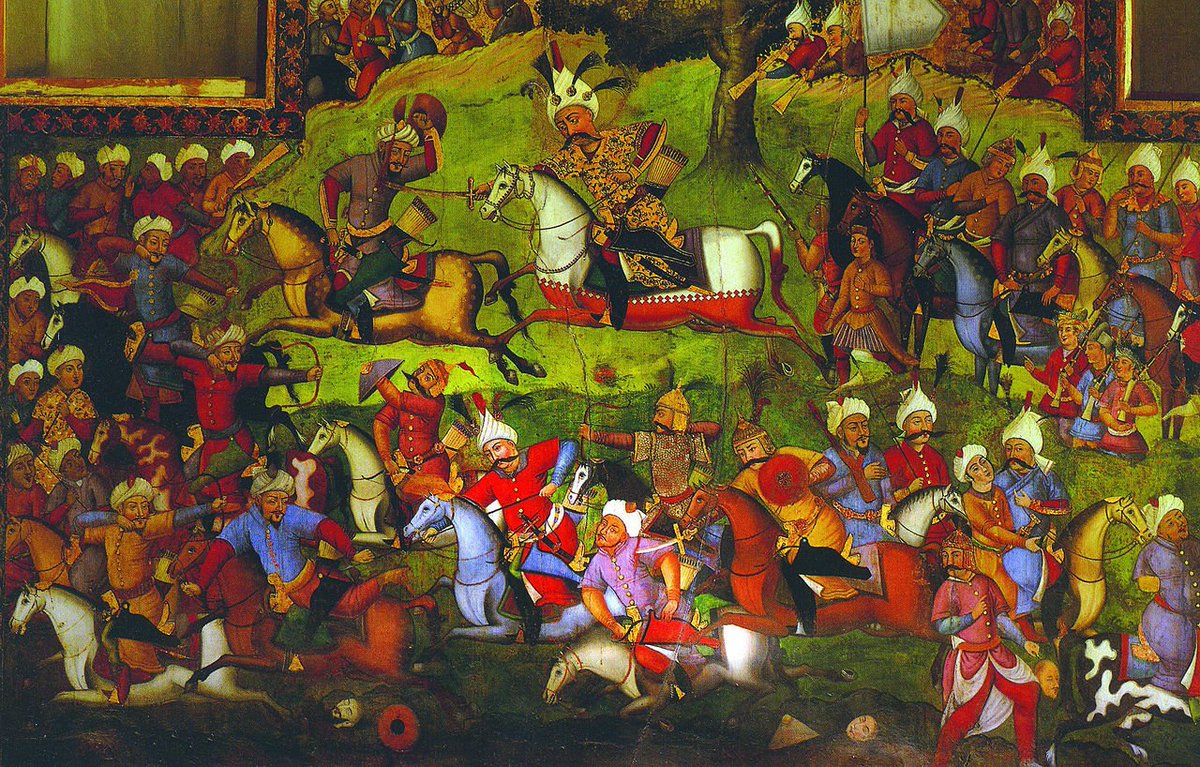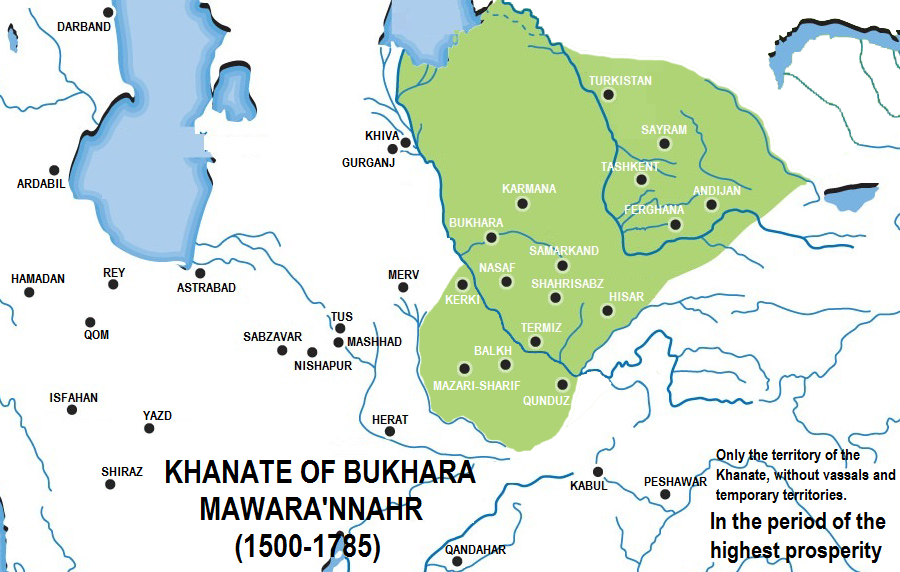
1/ Over the next few centuries, diplomatic contact between the two regions continued. The Sassanians, called "Bosi" (波斯), sent dozens of embassies to China ca. 400-500 CE. Sassanian-Tang relations were famously close, especially after the Muslim conquest of Persia.
#iranchina
#iranchina
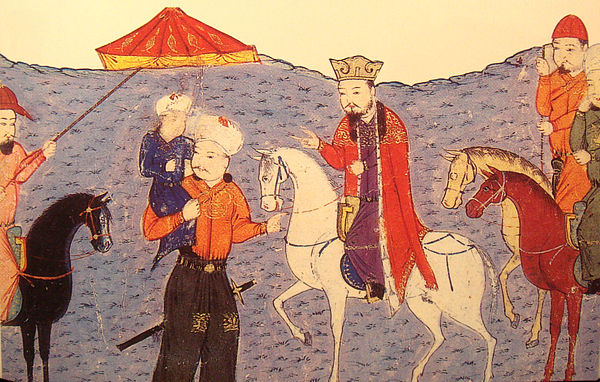
2/ "The largest of these embassies...numbered several hundred persons, while even the smaller parties included over 100 members… In the course of one year anywhere from five to six to over ten parties would be sent out." (Shiji).
img: Persian envoy to China, c. 650 CE
img: Persian envoy to China, c. 650 CE
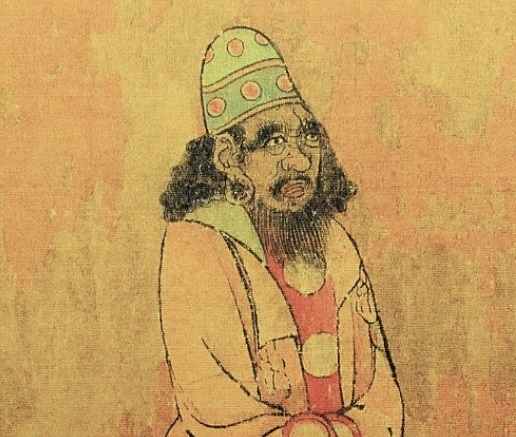
3/ Sogdian (later Sassanian) merchants and dancers were common in major Chinese cities, especially Chang'an, the Tang capital from 618 CE. Persian musicians, art, and wine merchants were popular diversions. Large caches of Sassanian coins can be found in China from this period. 


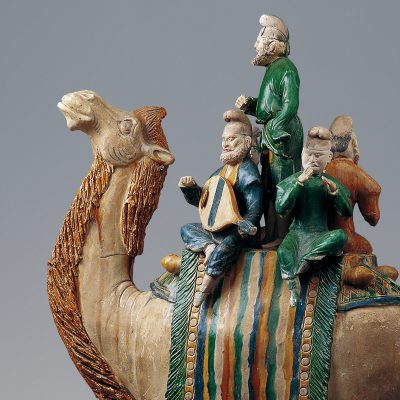
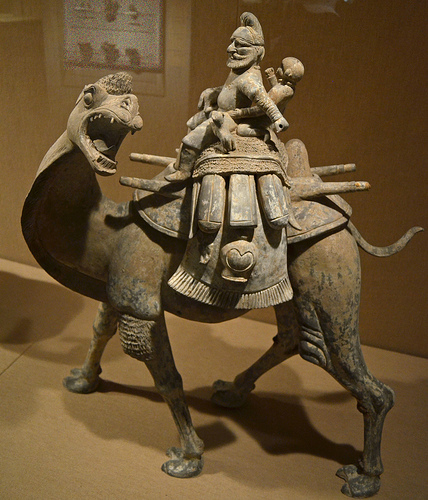
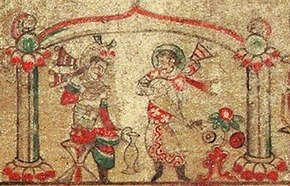
above imgs: Left, top right - Sogdian merchants on a camel, Tang era
btm r - Persian performers from a tomb painting.
4/ The "Sogdian Whirl" was an especially popular dance. It involved the dancer whirling ribbons of cloth around their bodies. It was memorialized in both art...

btm r - Persian performers from a tomb painting.
4/ The "Sogdian Whirl" was an especially popular dance. It involved the dancer whirling ribbons of cloth around their bodies. It was memorialized in both art...
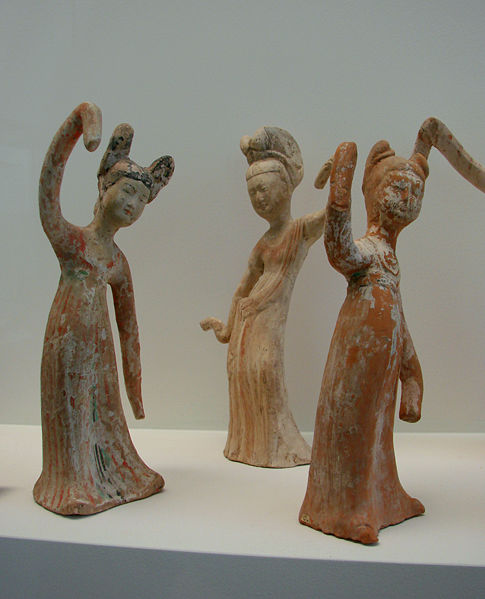
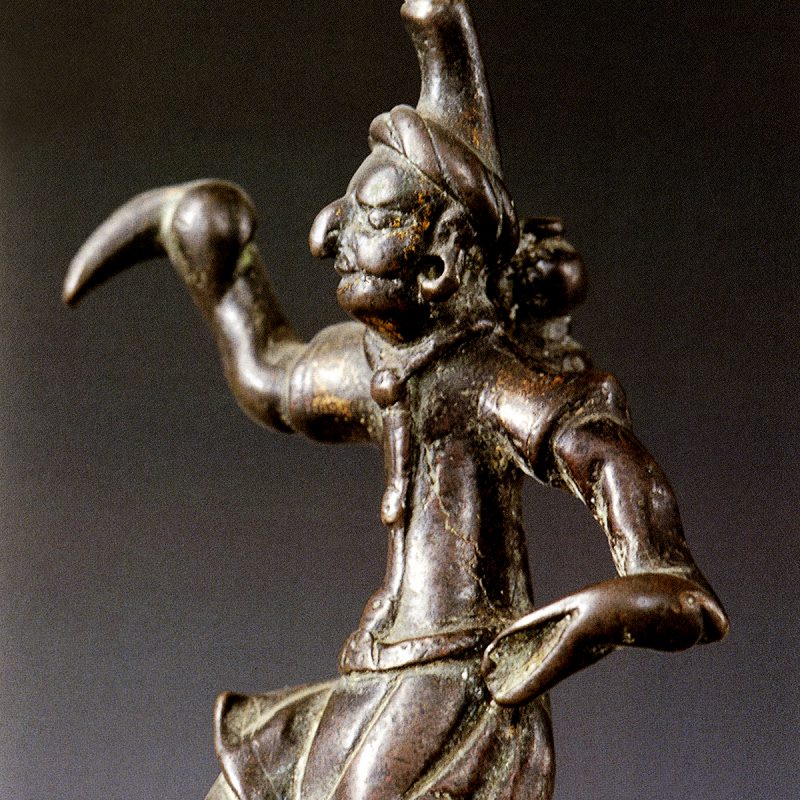
5/ ...and poetry:
The Iranian from Tashkent appears young.
He dances to the music holding the wine goblet, as rapid as a bird.
He wears a cloth cap of foreign make, empty and pointed at the top,
His Iranian robe of fine felt has tight sleeves.
—Liu Yanshi, Tang poet (d. 812)
The Iranian from Tashkent appears young.
He dances to the music holding the wine goblet, as rapid as a bird.
He wears a cloth cap of foreign make, empty and pointed at the top,
His Iranian robe of fine felt has tight sleeves.
—Liu Yanshi, Tang poet (d. 812)
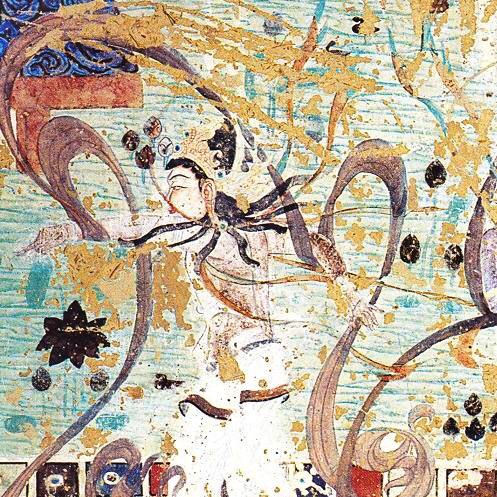
6/ The height of Tang patronage of Persian culture and music came after the Muslim Conquest of Iran. Peroz, the son of the last Sassanian ruler Yazdegerd III, took refuge at the Tang court in the face of advancing Arab armies. He requested help from Emperor Gaozhong... 

7/ ...who court created the Area Command of Persia (波斯都督府) at what is now the modern border of Afghanistan and Iran, with Peroz in command. Btwn 670 and 674, Peroz arrived personally at the Tang court and was given the title of "Martial General of the Right [Flank] Guards"). 
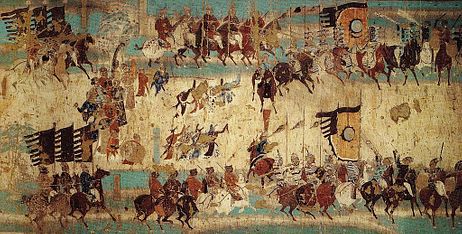
8/ Although unsuccessful, Peroz's son Narsieh (泥涅师, Nìnièshī) was later escorted back to the Tang court and given the title Zuoweiwei Jiangjun (左威衛將軍 "Awe-inspiring General of the Left (Flank)". His descendants continued to serve as military officials in Central Asia.
9/ A statue of Peroz is known to stand among the statues of "61 foreign officials" at the Qianling Mausoleum where Emperor Gaozu of Tang is interred. This statue, which once had long curly hair and a Parthian moustache, could belong to Peroz or his son Narsieh. 
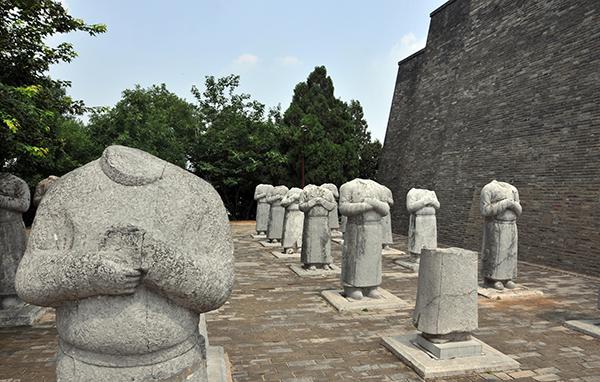
10/ Peroz and his son would not have felt out of place at the Tang court. Sogdian (胡人, Huren) culture was highly influential. According to the 舊唐書, "“the food of the aristocrats was hu food, their music hu music, and their women clothed in the most exotic hu robes..." 

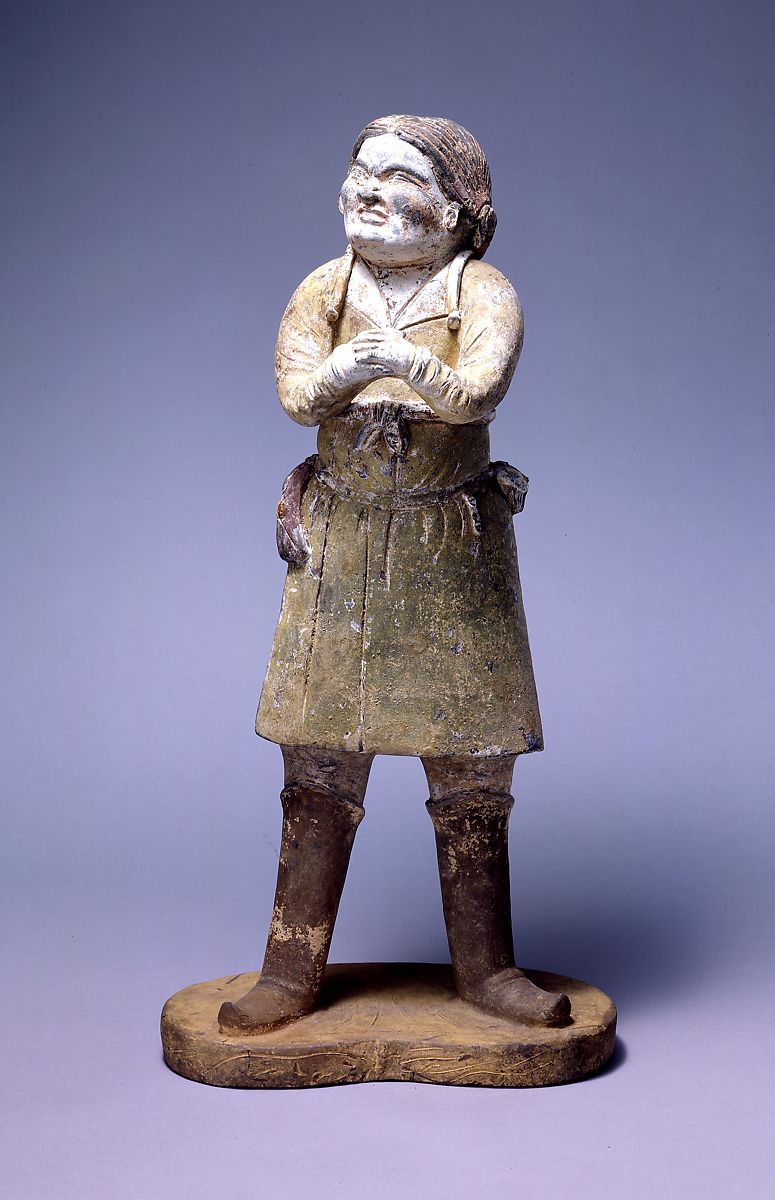
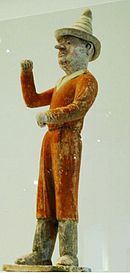
11/ Sino-Iranian relations became even more intimate over the next few centuries - by the 900s, "the emperors preferred to marry Persian women, and the Song dynasty official families liked to marry women from Arabia."
Next up: Famous Chinese figures of Persian descent. - B.F
Next up: Famous Chinese figures of Persian descent. - B.F
• • •
Missing some Tweet in this thread? You can try to
force a refresh



